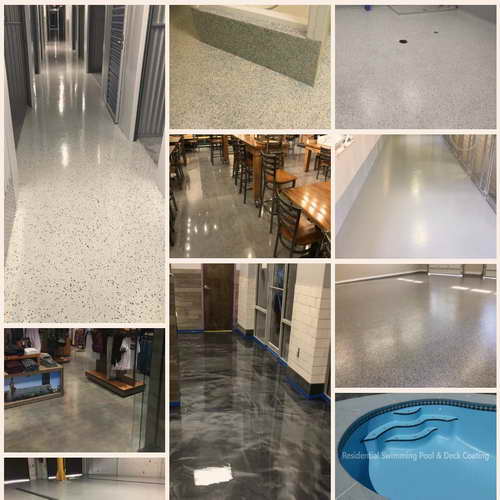Floors can be one of the most frustrating parts of the home to renovate. Old floors that are chipped, out-of-date, or just ugly aren’t cutting it anymore. Unfortunately for many, old floors are often one of the last things that you get around to renovating due to costs.
When it’s finally time to renovate your old floors, make sure that you take the time to do it right. Investing in your floors is a great idea, but you want to be sure of the process to make a sound investment. Learn more about what process to follow in today’s guide to renovating old floors.

Photo by Erol Ahmed on Unsplash
Step 1: Inspect Your Old Floors
No matter what kind of floor you currently have, you want to take some time to do detailed inspections.
If dealing with wood floors that you want to revamp or sand, or carpeting you wish to remove, be sure to look at the subfloor as well. The subfloor will be the basis of any floor you redo or install, so it needs to be sturdy and secure.
Most floor types will need to have new insulation, waterproof membranes, and subfloors installed to be up to par with modern living standards. How difficult this will be depends on if your floors were built directly on the ground, above a basement, or in another way.
Do what you can to inspect this yourself. If needed, bring in an architect to give you an idea of what work must be done to make this safe and secure.
Step 2: Dream Up Your Ideal Floor
Before you go any farther, take some time to think about what your idea floor will look like!
Are you dreaming of revamping the existing hardwood floors to be fresh and still hold onto the home’s heritage? Do you adore some of the tiles, but want to mix it up with some new tile, too? Are you in need of something totally different?
It’s crucial to figure out what you want before you get too far into the process. What you remove and install will change completely based on the end goal, so it’s never too early to start thinking about what you want to see instead of your old floors.
Step 3: Consider Your Use Case
Once you have an idea of what you want on the floor, put that into perspective by thinking about how the floors will be used. If you love carpet and want to cover the whole house in it, for example, you might consider the use-case of the bathroom and reconsider.
How will the room or areas where you are changing the floor be used?
Areas that will go through a lot of wear-and-tear, such as your garage floor, basement, and entryways, should be outfitted to handle that. Using concrete flooring when renovating old floors in these areas is a great way to bring in both style and strength. Existing concrete floors can even be updated with ease to be stronger and better looking.
You may consider running beautiful hardwoods through your whole home or restoring the old wood flooring, but you have kids and pets running amok all the time. While revamping old wood floors is still an option, some may consider installing more durable and sustainable bamboo plank flooring instead.

Photo by Zack Dowdy on Unsplash
Step 4: Research Your Options
After figuring out what style you seek and what your use case is, it’s time to start researching your options within that flooring subcategory!
Every type of flooring on the market, from concrete to tiles, has many different varieties, installation tactics, and options to choose from. Budget will, of course, also be a factor. The only way to know what is out there is to look. Browse extensively to make sure that you find the flooring that you want most.
If you’re planning on simply making improvements to flooring that already exists, you will still want to shop around for the stains, fill-ins, and other bits needed to complete the project.
Step 5: Find A Reliable Installer
The biggest thing you’ll want to shop around for is the right installation team for your floors!
While revamping floors can be a DIY project, many floor projects will need large equipment that you might not have access to. Much of this equipment can be rented out, but the cost of doing so may make it too expensive.
Working with a flooring expert is the best way to make sure your project goes well. They have experience with floors that they can use to troubleshoot the process of bringing your old floors to life or replacing them outright.
At AI Coating, Our Operations Manager Randy Baird Sr. has over 35 years of extensive industrial and commercial concrete flooring experience that includes epoxy/resinous flooring systems, concrete polishing, concrete surface preparation, and repairs, etc. We offer concrete flooring services you can trust as well as qualified installers for the specific floor type you want to install.




